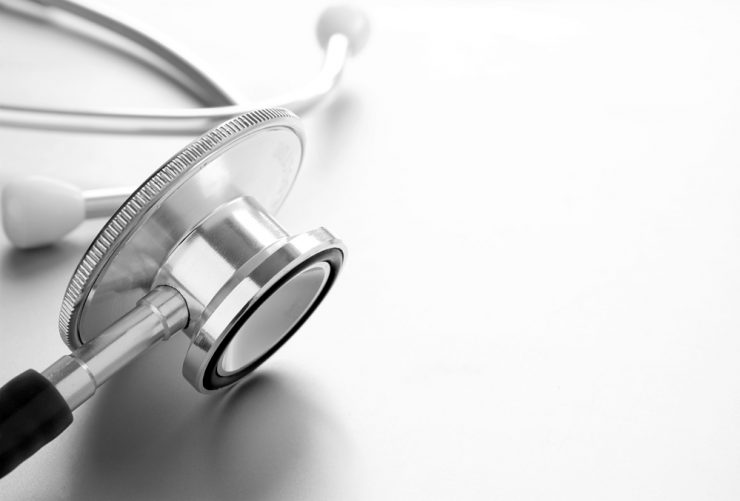Causes of Dysphagia
To understand the causes of Dysphagia, it is essential to know the process of swallowing. Though swallowing is considered to be an easy procedure, it actually is not one. It uses thousands of nerves and more than 50 pairs of muscles.
The procedure of swallowing is best explained through the following three steps:
Step One: First, as you take the food into your mouth, the tongue shuffles it around making it easier to chew. The food is chewed and broken down into smaller parts, blending it with the saliva, which makes it wet and ready to swallow.
Step two: The tongue then pushes the food to the end of the mouth, after which the nervous system feels the swallowing reflex. It releases the muscles that push the food into the throat towards the oesophagus. At this point of time, the opening of the larynx closes, so that food or liquids do not drop down into the lungs.
Step three: Food particles of liquid enter the oesophagus. Fast movement of the food or liquid into the stomach denotes a sign of being healthy.
Neurological Causes:
At times, damage in the brain or the nervous system affects the nerves that take part in the swallowing procedure, leading to Dysphagia. A few neurological causes of Dysphagia are listed below:
Cerebral palsy,
Parkinson’s disease,
Stroke,
Motor neurone disease, and
Multiple sclerosis
Muscular Conditions:
Any unhealthy condition that causes damage in the muscles, that are responsible in the process of pushing the food to the oesophagus and then into the stomach, can lead to Dysphagia. Two most common conditions are:
Achalasia – refers to the condition when muscles in the oesophagus become extremely stiff, not allowing the food or liquid to pass through.
Scleroderma – refers to the condition when the immune system causes damage to the healthy tissues, making the throat and oesophagus muscles too stiff.
Obstruction:
Various health conditions make swallowing difficult by creating an obstacle or contracting the throat and oesophagus. Some of them are as follows:
Cleft lio and palate
Lung, mouth or throat cancer
Radiotherapy
Infections like herpes simplex and tuberculosis causing swelling of the oesophagus
Gastro-oesophageal reflux disease
Treatment
Treating High Dysphagia:
Other than Dysphagia caused by Parkinson’s disease, there are three treatments for high Dysphagia:
Dietary changes: such as switch to eating softer food
Feeding tubes: used to balance nutrition, while trying to cure Dysphagia.
Swallowing therapy: where the patient is re – taught how to swallow.
Treating Low Dysphagia:
Low Dysphagia can be treated in two ways:
Surgery
Botulinum Toxin – a poison used to paralyze extremely stiff muscles that do not allow the food to reach the stomach.
Complications of Dysphagia
Apart from dehydration and malnutrition, Dysphagia may also increase the risk of the food particles entering the lungs, leading to Aspiration Pneumonia, a condition that can even prove to be fatal at times.
The symptoms of Aspiration Pneumonia are:
Fatigue
Chest pain
Fever
Uneasiness in breathing
Skin turning blue due to lack of oxygen
Wheezing
Cough producing foul smelling phlegm that contains blood traces.










